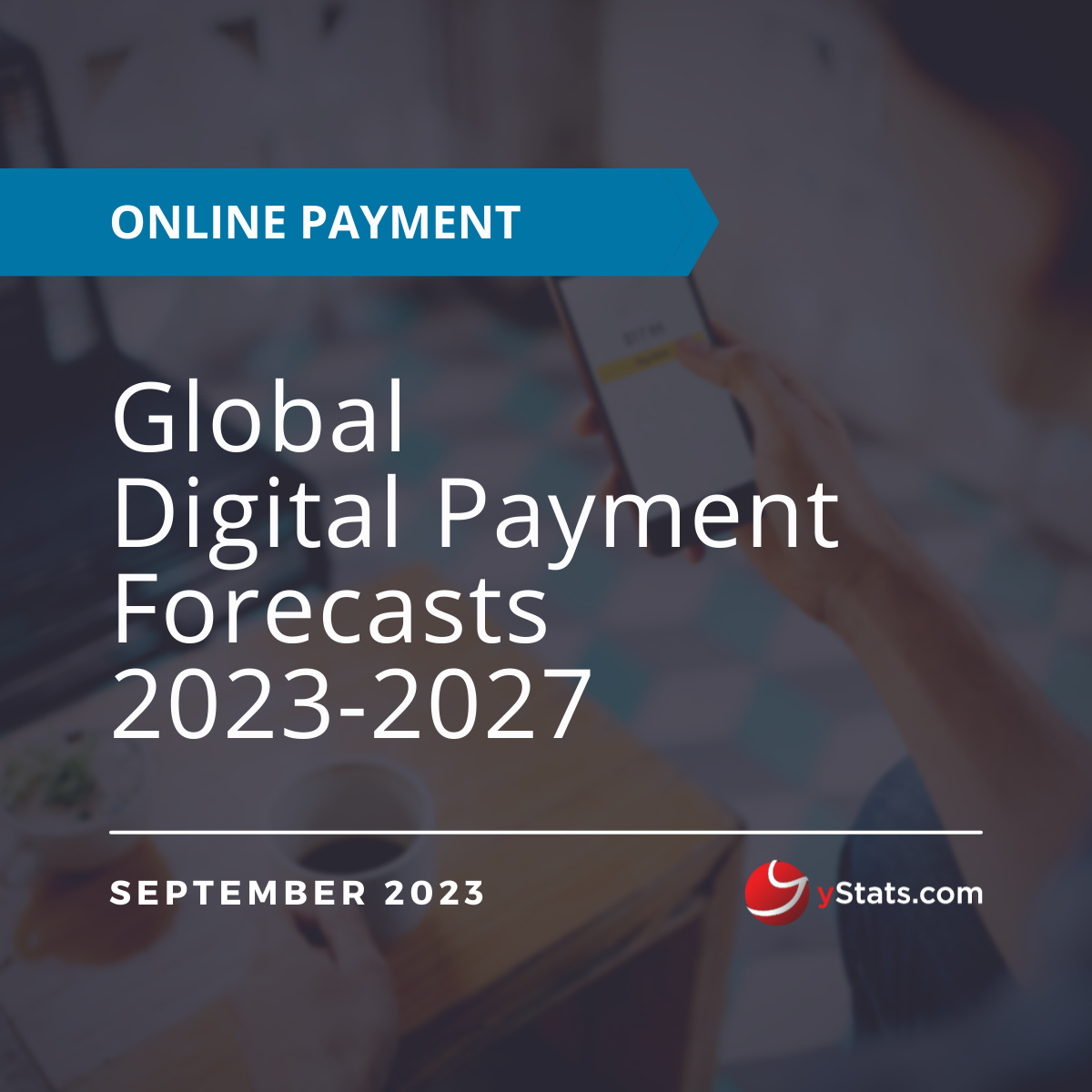Description
Pages: 37
Publication Date: 14/12/2023
Questions Covered in the Report:
- What are the top 10 payment trends set to experience a surge in 2024?
- How is the growth of A2A payments set to impact the global payments industry in 2024?
- How is Generative AI (GenAI) expected to change data analysis and skill distribution in the corporate sector by 2026?
- How will CBDCs impact cross-border payments, B2B transactions, and financial inclusion by 2024?
- How is the adoption of biometric solutions expected to shift in 2024?
- How do tech vendors address Environmental, Social, and Governance (ESG) concerns?
Key Findings:
Top 10 payment trends to transform the future of payments in 2024: New yStats.com report
A2A payments to drive growth in 2024, especially in European B2C E-Commerce
The report emphasizes the expected surge in Account-to-Account (A2A) payments in 2024, particularly in European B2C E-Commerce. As digital wallets gain popularity in regions like India, Brazil, and China, a noticeable shift from traditional card transactions to A2A payments is underway. Notably, the adoption of Open Banking services in the UK and the PSD2 regulatory framework in Europe contribute to the favorable environment for A2A payments, as merchants increasingly favor them for their lower costs and faster settlement times. Moreover, the FinTechs sector in 2024 is forecasted to be heavily influenced by the increasing adoption of mobile payments globally. Mobile commerce is projected to account for over 8% of total retail sales in the U.S. by 2026, with digital wallets expected to become the top choice for online payments, representing over a third of all global payments.
Biometric Solutions as well as AI and ML pose as useful tools in the payment industry globally
A significant shift is anticipated in 2024 with the increased adoption of biometric solutions for in-store payments. Innovations such as Amazon One’s palm vein scanning and JP Morgan’s pilot for palm or facial recognition payments are expected to drive widespread biometric payment use, offering heightened security and an improved user experience. Additionally, Artificial Intelligence (AI) and Machine Learning (ML) in the fintech sector are influencing payment processing, investment management, and risk assessment. With AI excelling in fraud detection and customer service, and ML facilitating complex data analysis, the fintech landscape is evolving rapidly. The report cites predictions that Generative AI (GenAI) will be widely adopted by 2026, transforming data analysis and fostering skill distribution within the corporate sector.
Fintechs respond to environmental and social challenges by launching environmental initiatives
In response to growing environmental and social concerns, technology vendors are launching initiatives to address Environmental, Social, and Governance (ESG) issues. The report notes the integration of ESG initiatives into comprehensive strategies at leading financial institutions, positioning them as ‘green’ or ‘sustainable’ choices. The expansion of Open Banking is expected to facilitate deeper data analysis for sustainability purposes.






